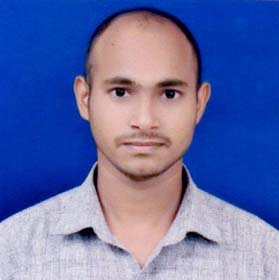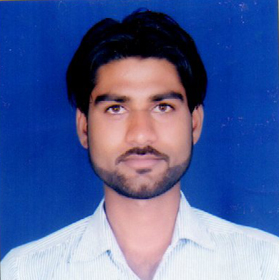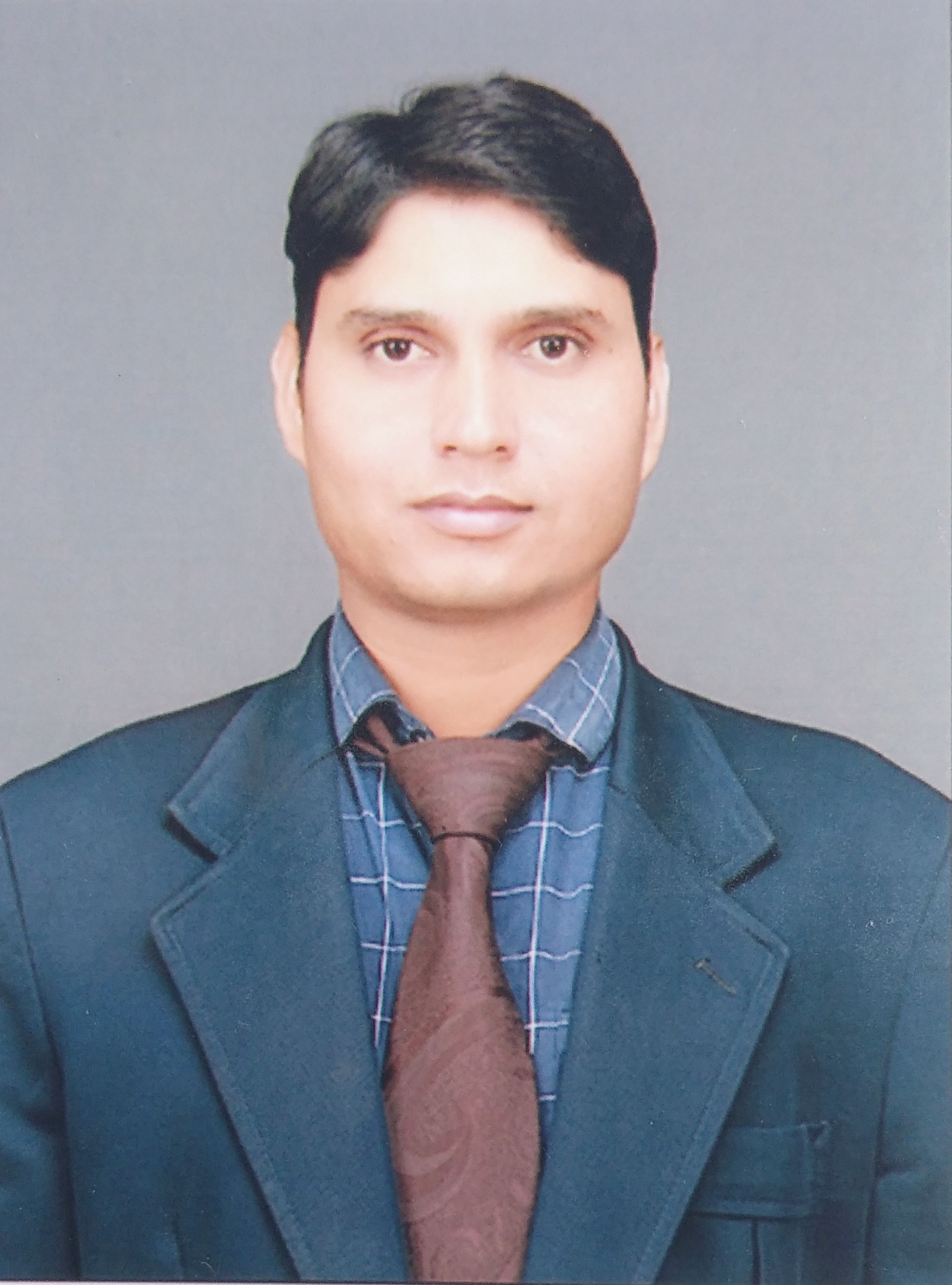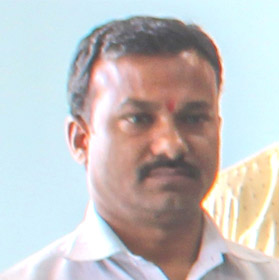Systems & Networks
Systems & Networks Division lead by Sr. Technical Officer (IT) (System Administrator) is responsible for the Design, Installation, Testing and Commissioning including Extension and Upgradation Projects, and Maintenance of the following:
| SYSTEMS | Server Farm, Server Clusters incl. HPC, Storage, Desktops & Workstations, Digital Classroom, Software License Server |
| NETWORKS | Campus-Wide Wired and Wireless Network, Campus-Wide Telephony Network, CCTV Network and Server Farm Networks |
| SECURITY | Server and Network Security, OS Hardening, Unified Threat Management (UTM) |
| ICT SUPPORT INFRA | Power Backup Systems, Cooling Systems, Institute Data Center |
This division is also responsible for Ensuring Design and Equipment Standardization and Continuity along Up-gradation Paths for Ease of Maintenance and Seamless Integration.
Turnkey Project Management:This division has successfully completed four large turnkey ICT Infrastructure projects in the Institute. It has proven its expertise and capabilities in all phases of turnkey ICT Infrastructure Project Management including Conception and Initiation, Planning, Execution, Performance / Monitoring, and Project Closure.
This division is responsible for the design and content of the central computer center website.

Dr. Sunil Pandey
Sr. Technical Officer (IT)
(System Admin)
Ph.D. | sys_admin@nitrr.ac.in

Mr. Krishna Kumar
Sr. Technical Assistant
M.E. | kkumar.ccc@nitrr.ac.in

Mr. Abhishek K Dewangan
Sr. Technical Assistant
Diploma in CS | adewanagan.ccc@nitrr.ac.in

Mr. Bhagchand Verma
Trainee Engineer

Mr. Ishwar Prasad
Trainee Technician-I

Mr. Lomesh Kumar Sahu
Trainee Technician-I

Mr. Ashok Dewangan
Technician

Mr. Sanat Kumar
Trainee Technician-II

Mr. Sonu
Trainee Technician-II

Ms. Tarini Dewangan
Trainee Office Assistant
